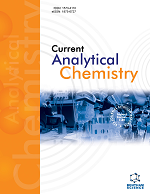
Full text loading...
We use cookies to track usage and preferences.I Understand

Due to the segregation of lightweight aggregate concrete, there is a phenomenon of uneven distribution of ceramsite (aggregate) in commercial ceramsite concrete, lightweight wallboard, which the specific performance of wallboard can reflect.
In this paper, the non-uniformity of six commercial ceramsite concrete wallboards with different curing conditions was analyzed. Six wallboards were cut into 648 samples and photographed, and ImageJ image analysis technology was combined to analyze the non-uniformity of the ceramsite concrete wallboard under different curing conditions in terms of the proportion of ceramsite particle area, density, compressive strength, and ultrasonic velocity. At the same time, the reasons for the difference in wallboard performance under different curing methods were explained from the microscopic perspective by investigating the ITZ interface.
Compared with natural curing, sealing curing can significantly optimize the performance distribution of the wallboard and effectively improve the inhomogeneity of the wallboard. The average density of the specimen is increased by about 13%, and the average compressive strength by about 20%. The maximum density of the wallboard samples is increased by 105 kg/m3, which is about 15% higher than that of the naturally cured wallboard.
This paper quantifies the magnitude of the effect of sealing curing on wallboards and provides a basis for the selection of curing methods for ceramsite concrete wallboards.

Article metrics loading...

Full text loading...
References


Data & Media loading...